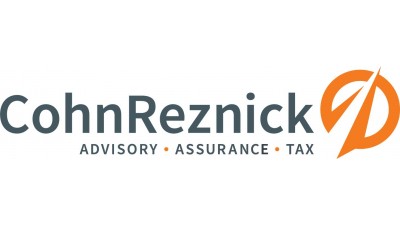4 Little-Known Real Estate Financial Policies To Familiarize Yourself With In 2017

As the new administration quickly lays its groundwork through 2020, owners and developers familiar with the basics of Dodd-Frank and the 1031 Exchange may face confusion about how current and future legislation will affect their businesses.
The following are four of the most important policies for CRE professionals to follow in the next four years.
1. BASEL III
BASEL III is an international regulatory ruling that introduces a set of reforms designed to improve regulation, supervision and risk management within the banking sector. The BASEL Committee on Banking Supervision published the first iteration of the framework in late 2009, primarily in response to the credit crisis. The regulations provided banks with a window of three years to satisfy all requirements, including meeting certain minimum capital requirements and maintaining proper leverage ratios.
2. FIRPTA
The Foreign Investment in Real Property Tax Act authorizes the United States to tax international investors in American commercial real estate. Individuals who buy U.S. real property interests — sales of shares or interests in American corporations that are deemed real property — must withhold 15% of the realized amount. There is a tax exemption for distributions made by REITs to foreign taxpayers owning a 5% or less interest. An increase to a 10% threshold was established on Feb. 15, 2016, encouraging foreign investors to grow their investment.
Risk retention rules will likely lower CMBS issuance, and further decrease the availability of capital in secondary and tertiary markets.

3. PATH
The Protecting Americans from Tax Hikes Act of 2015 eases REIT tax provisions and research and development tax credits for engineering and construction businesses. The act also increases the flexibility for investors to move capital into startups for R&D purposes. At the same time, corporate tax reforms will reduce the flexibility with which corporations can turn real estate assets into REIT properties.
4. EB-5
The Immigrant Investor Program, also known as EB-5, was established in 1990 by Congress to create more jobs and encourage immigrant investors to invest more capital by starting their own commercial enterprises or placing funds in troubled businesses. There are now 10,000 EB-5 immigrant visas set aside each year, in addition to 3,000 visas available for immigrant investors in USCIS-designated Regional Centers — the latter of which are part of a recurring program instituted in 1992 and reauthorized each following year. The latter are granted upon approval of proposals that promote hefty economic growth.
To learn more about this Bisnow content partner, click here.
This is the first in a 12-part series on the evolution of the challenges accompanying the thorniest financial and technological questions in modern commercial real estate.

